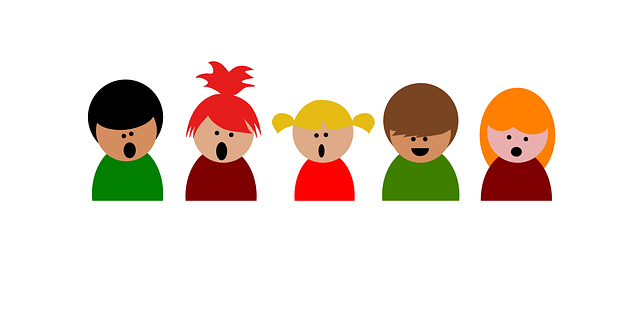Extraordinary Informational Picture Book Power (Part 1)
“I like children; I like ‘em, and I respct ‘em. Pretty much all the honest truth-telling there is in the world is done by them.”― Oliver Wendell Holmes, Sr.
Just what is an informational picture book? Internationally known critic of children’s literature, Margery Fisher explains that authors of informational picture books from elementary school through middle school have to communicate facts as a teacher in the broadest sense. She continues and tells these authors should lead young readers in a way that fosters in them both the will and the mental ability to assess facts and ideas and moves them toward a carefully planned independence of thought and action.
Fisher also urges authors of informational picture books not to be tempted on vocabulary control, but rather challenge the young reader. After all, new vocabulary words are “information” for the informational picture book too.
Since I’m talking about a children’s book that is naturally focused on information, what about having a fictional component in it? Absolutely! Author Jean Fritz talks about using fiction in her award-winning picture book biographies, Make Way for Sam Houston (Putnam, 1991). She explains that a fictional component brings to her books a story that “in no way distracts from their authenticity or their essential facts.” Margery Fisher’s take on fictional components woven into informational picture books resonates much the same as Jean Fritz’s explanation.
Clearly, it is the distinction of the literary work here. With pure fiction, such as a short story or a novel, the story dominates. And any facts or concepts used to support the narrative in the book would be secondary. Compare that to the informational picture book where the author’s main goal is to educate and inform the reader. As a result, the narrative or storytelling portion of the book would play more of a minor role, however it can still have strong entertaining aspects that makes learning more enjoyable.
Author Patricia J. Cianciolo, explains, “A well-written and attractively illustrated informational book tells its own ‘story.’ In fact, even young children will find that if it is written well and it helps them to understand themselves, significant others, and their world better, and offers them insights about things with which they are familiar or unfamiliar, an informational book (especially an informational picture book) will prove as interesting and totally absorbing, and sometimes as exciting, as any good work of fiction or narrative poem.”
So let that extraordinary informational picture book power go to work for you and your children!
Related Posts
How Children Benefit from Informational Picture Books (July 25, 2014)https://www.kobeemanatee.com/how-children-benefit-from-informational-picture-books/
Harness the Power of Picture Books (July 22, 2014) https://www.kobeemanatee.com/harness-the-power-of-picture-books/
~ Robert Scott Thayer
